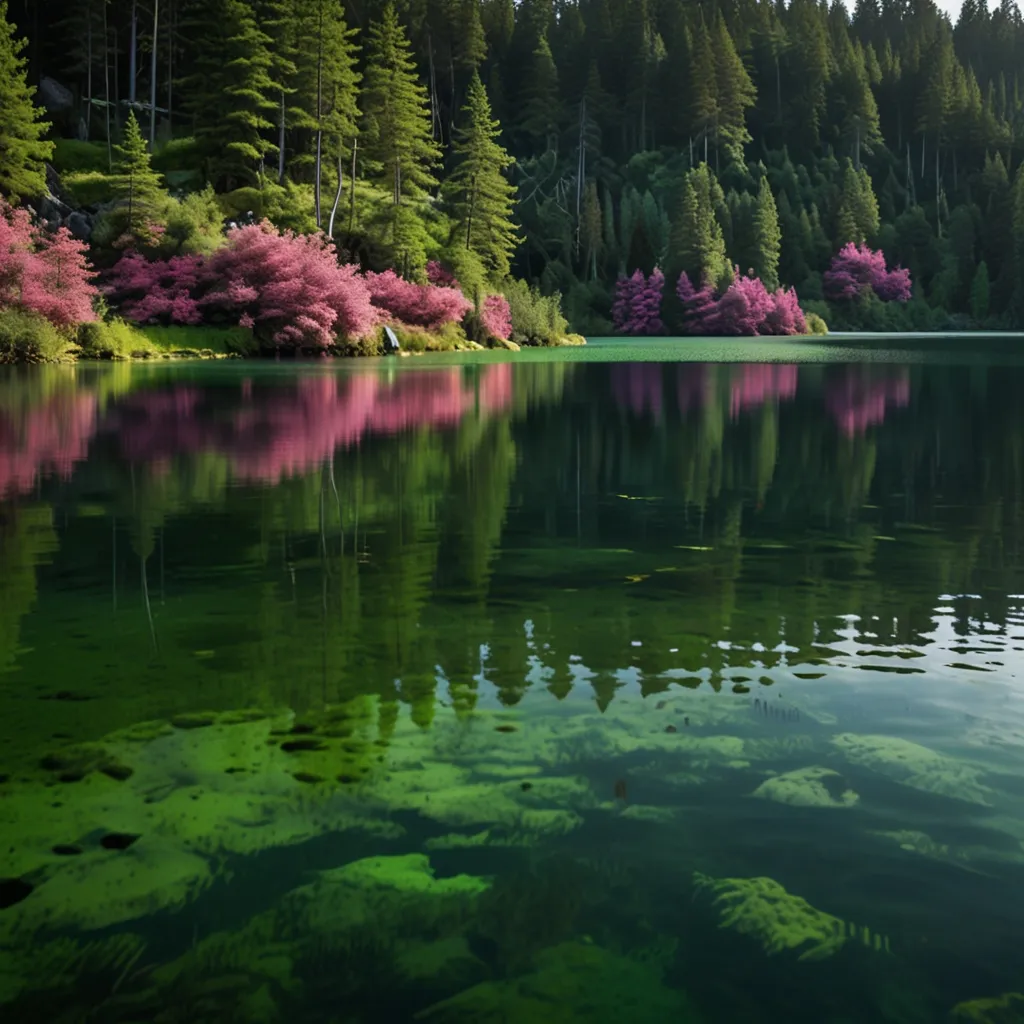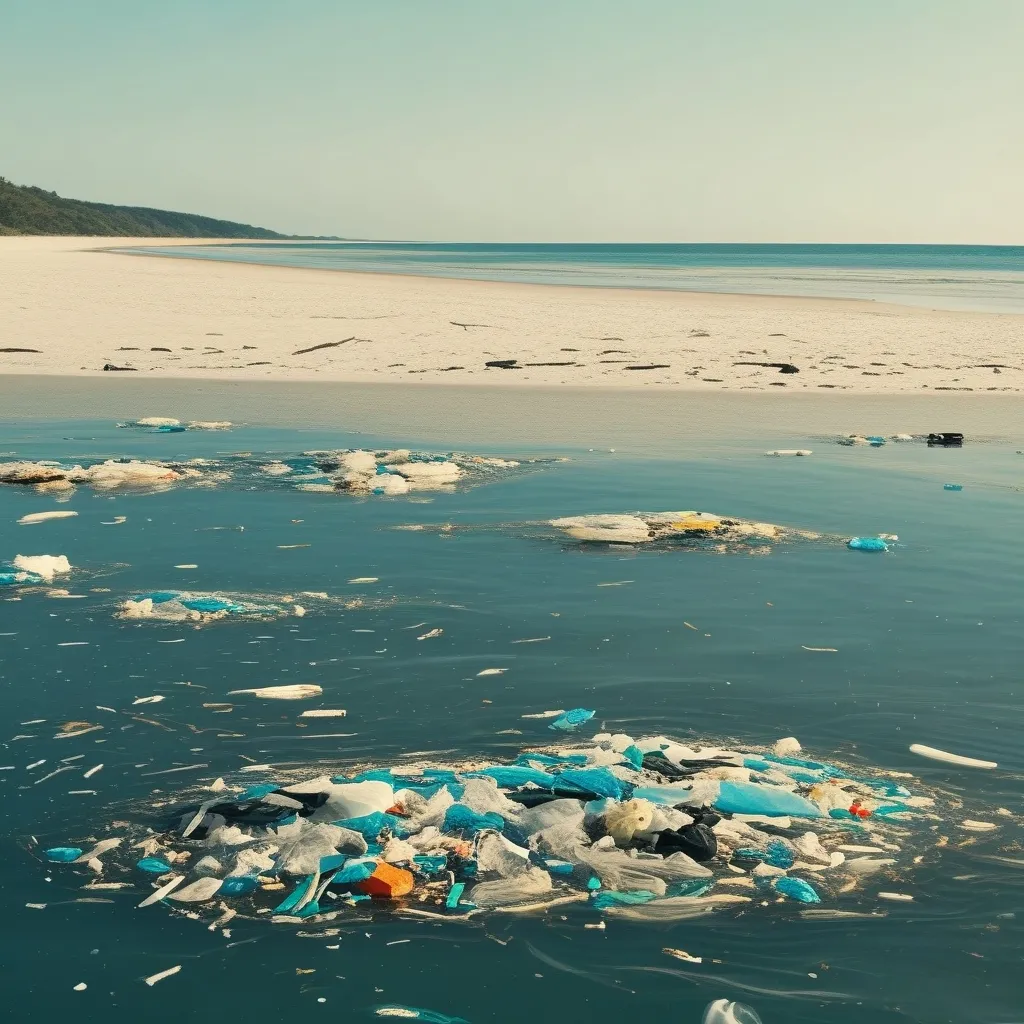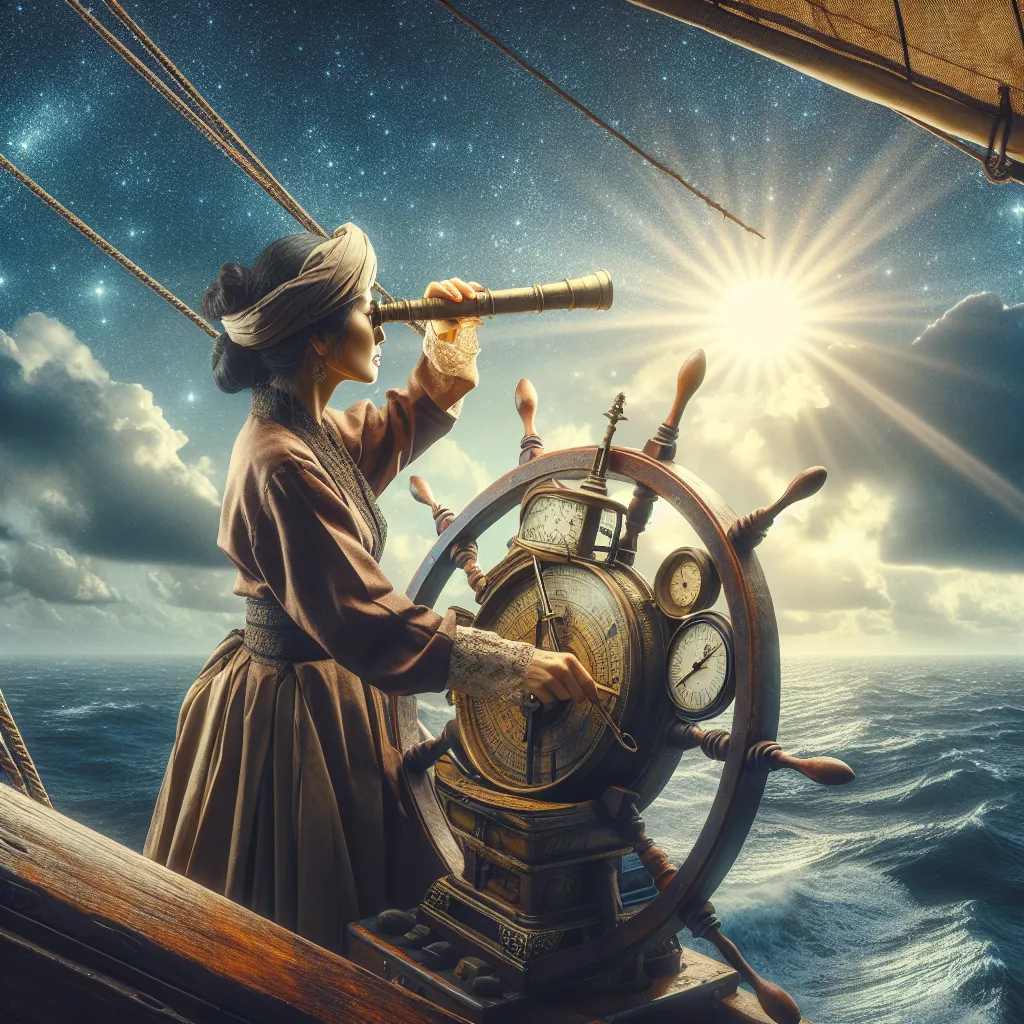Green Lake: A Window into Earth’s Deadliest Extinction
Ever heard of a lake that’s basically a time machine to one of Earth’s worst moments? Yeah, me neither, until I learned about Green Lake. This place is wild, like a beautiful lake up top but a deadly cauldron below. It’s giving scientists some major clues about what caused the Permian mass extinction – you know, that time when almost everything on Earth kicked the bucket.
So picture this: You’re chilling by a gorgeous lake in the Northeast US. Fish are swimming, plants are growing, everything’s normal. But underneath? It’s a whole different world, and not in a cool Disney way. We’re talking about a no-oxygen zone that’s been sitting there, stagnant, for who knows how long.
Now, here’s where it gets really interesting. Some brave (or crazy) scientists decided to dive into this lake. At about 60 feet down, everything changes. It’s like crossing into another dimension, but instead of cool alien stuff, you’re swimming in a toxic soup that might explain why most life on Earth went extinct millions of years ago.
Diving into this lake isn’t your average summer splash. It’s seriously dangerous. These scientists have to be super careful not to spend too much time in the poisonous water. It’s not like they’re wearing some sci-fi protective gear – just regular diving suits. So every second counts.
As they go deeper, the water turns pink. But don’t think it’s some pretty underwater light show. Nope, that pink color means you’re swimming in one of the nastiest poisons on Earth – hydrogen sulfide. It’s the kind of stuff that builds up when water just sits there, not moving, for ages.
This pink water is full of tiny bacteria. Millions and millions of them. These little guys eat hydrogen sulfide for breakfast, lunch, and dinner. So when scientists see this pink stuff, it’s like finding the murder weapon at a crime scene. It’s proof that hydrogen sulfide is there, doing its deadly thing.
Now, imagine this poison not just staying in the lake, but bubbling up into the air. That’s what scientists think happened during the Permian extinction. The oceans back then were like giant versions of Green Lake, all stagnant and full of this toxic stuff. But instead of staying put, the poison rose up and spread everywhere.
This is where Green Lake becomes a sort of time machine. By studying what’s happening in its depths, scientists can piece together what might have gone down millions of years ago. It’s like having a tiny model of the ancient Earth right there to examine.
But let’s talk about how crazy it is to actually dive in this lake. Even with a full wetsuit, the hydrogen sulfide can seep through your skin. That’s right – this stuff is so nasty it can poison you just by touching you. No wonder the scientists don’t hang around down there for long.
The contrast between the surface and the depths of Green Lake is mind-blowing. Up top, it’s all postcard-perfect scenery. Below, it’s a lifeless world that could kill you. It’s like nature’s own Jekyll and Hyde situation.
This lake isn’t just a scientific curiosity – it’s a reminder of how delicate life on Earth can be. If conditions changed and lakes like this became more common, or if oceans started acting like this on a large scale, we could be in serious trouble.
The Permian extinction wasn’t just bad luck for dinosaurs (they weren’t even around yet). It wiped out something like 95% of all species on Earth. That’s way worse than the extinction that got the dinosaurs later on. And Green Lake might hold the key to understanding why it was so devastating.
Think about it – if hydrogen sulfide could spread from the oceans to the land back then, nowhere was safe. It would have been like a global gas attack, but one that lasted for thousands or even millions of years. No wonder so many species couldn’t handle it.
But here’s the thing – life bounced back. It took a long time, but eventually, new species evolved and filled the gaps left by the extinction. It’s a testament to how resilient life on Earth can be, even in the face of almost total annihilation.
Studying places like Green Lake isn’t just about understanding the past. It’s also about preparing for the future. By knowing what can go wrong with our oceans and lakes, we might be able to prevent similar disasters from happening again.
Climate change, pollution, and other human activities are already affecting our water bodies. Could we accidentally create more places like Green Lake? It’s a scary thought, but one that scientists have to consider.
The discovery of Green Lake’s weird properties is a reminder of how much we still don’t know about our own planet. Just when we think we’ve got it all figured out, nature throws us a curveball like a lake with a deadly underworld.
It’s also pretty amazing how scientists can use something as simple as the color of water to learn about extinction events from millions of years ago. It’s like nature left us clues, and we’re just now figuring out how to read them.
Green Lake is more than just a scientific curiosity – it’s a warning from the past and a challenge for the future. It shows us how fragile the balance of life on Earth can be, and how important it is to understand and protect our environment.
So next time you’re chilling by a lake, take a moment to appreciate the complex ecosystems that exist beneath the surface. And maybe be grateful that you’re not swimming in a pool of deadly hydrogen sulfide. Unless you’re into that sort of thing. No judgment here.
In the end, Green Lake is a perfect example of why science is so cool. It takes something as simple as a lake and turns it into a time machine, a warning system, and a key to understanding one of the biggest mysteries in Earth’s history. Not bad for a body of water that most people probably drive right by without a second thought.






